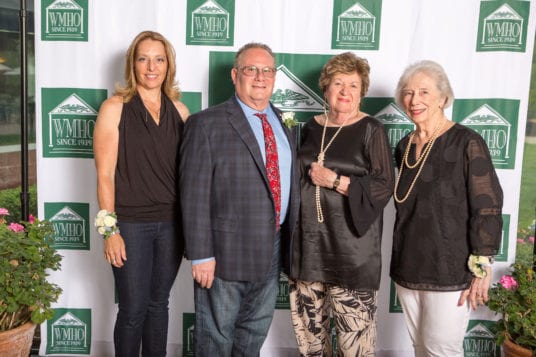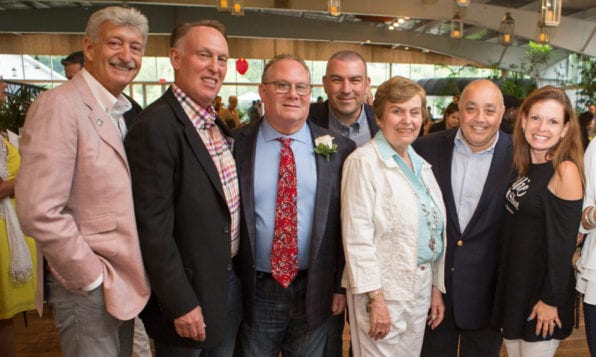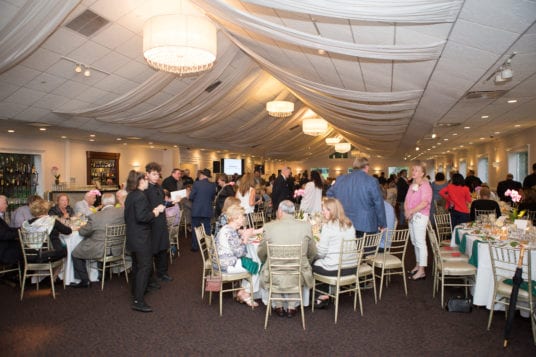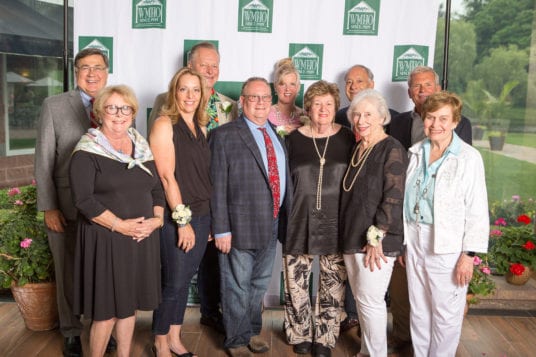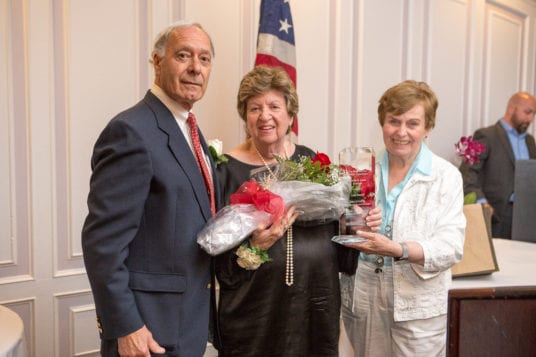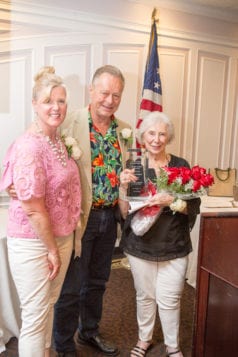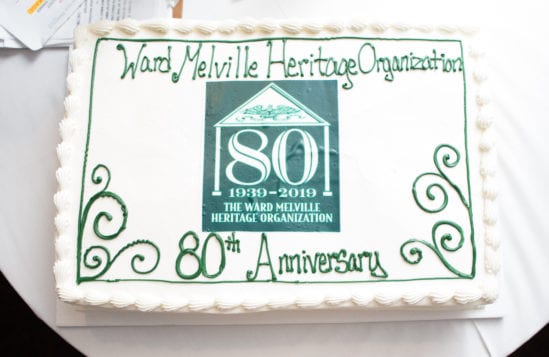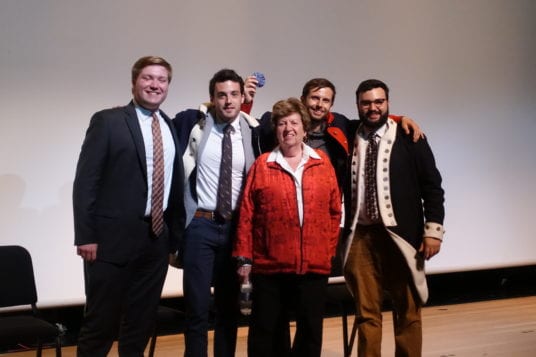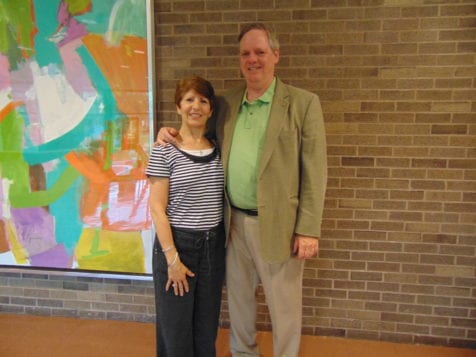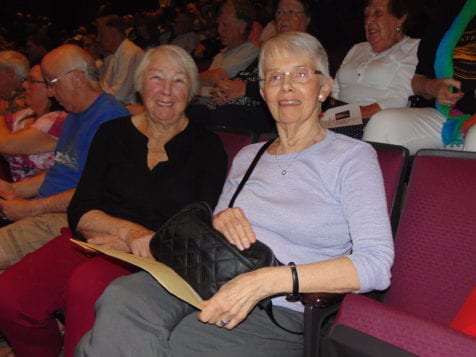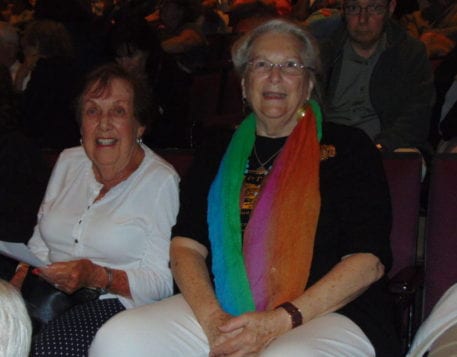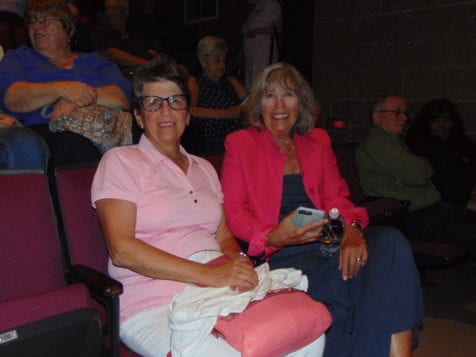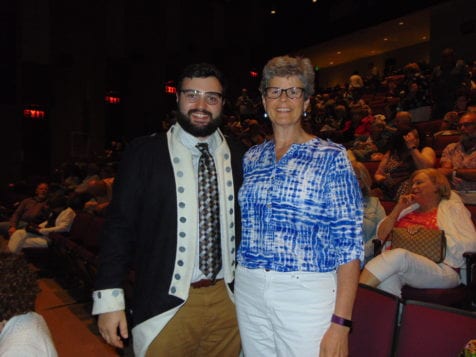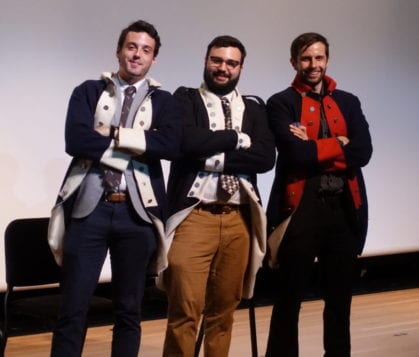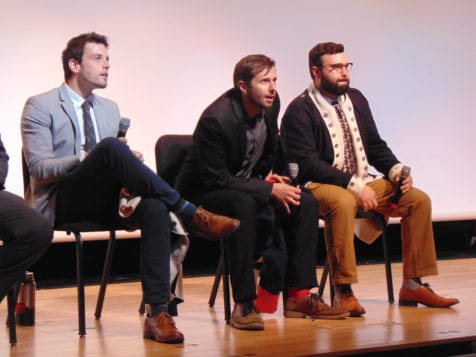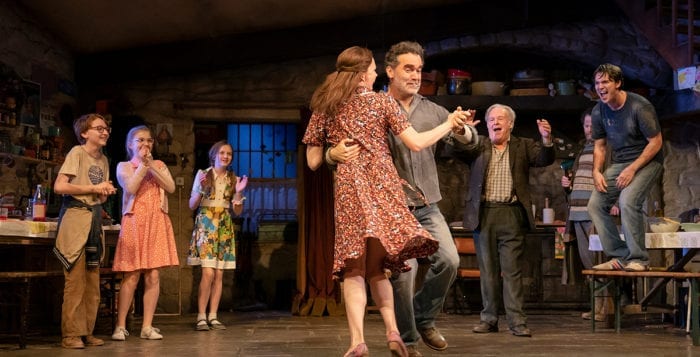
By Leah S. Dunaief
The world has changed for all of us since we entered the 21st century. While our computers didn’t blow up as the millennium turned, the horrific attacks on 9/11 forever, it seems, altered our sense of safety in our country and elsewhere on the globe. The arrival of the internet on desktop computers, the proliferation of cellphones, the rise of social media — they have upended the architecture of our lives.
Change has been no less dramatic in our work lives. For those of us in the news business, the basic business model is disappearing. Once upon a time the publisher brought together talented reporters and editors with an articulate sales staff, and together editorial and advertising were presented to the reader in an attractive format that informed and enriched the community. In the process, the news organization was also enriched, and there were newspapers everywhere. The biggest challenge was beating competitors to the “scoop” and gaining the greater market share of advertisers.
Today that simple business plan seems like a fairy tale. According to data in a special section of The New York Times on Sunday, “Over the last 15 years, about 2100 local newspapers — or roughly a quarter of all local newsrooms — have either merged with a competitor or ceased printing …About 6800 local newspapers continue to operate across the country, but many are shells of their former selves, with pared down staffs and coverage areas. About half of the remaining local papers are in small and rural communities, and the vast majority distribute fewer than 15,000 copies of each edition.”
I could go on with the statistics, but here’s the point: If we don’t embrace change, we get left behind.
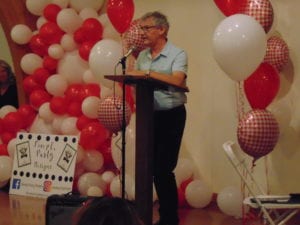
So it is that we at Times Beacon Record Newspapers have become TBR News Media, with the addition of a website, Facebook, Instagram, Twitter and YouTube platforms to accommodate the various demands for news and advertising. After all, we work for our customers and we must offer them what they want and need. By the same token, while maintaining those platforms has increased our costs, the revenue they generate is minimal. Further worsening the newspaper situation is the demise of the traditional mom-and-pop retail stores, the previous backbone of so many communities and community newspapers.
So we have changed, as the surviving retailers have changed. We, and they, are now building events into our offerings, much as we used to publish supplements to target specific subjects and advertising niches for our papers. Retailing now includes some aspect of entertainment with their event planning, and publishing companies, whether in print or digital, must also provide entertaining events.
Fortunately for us at TBR, we can make this fit with our mission statement to give back to the community, and indeed to endeavor to strengthen the sense of community where we publish. Since our first year in existence, over 43 years ago, we have held the Man and Woman of the Year event at the Three Village Inn, with the financial help of Stony Brook University and the Lessings, at which we have saluted those who go the extra mile offering their products, services or time to their neighbors in their hometowns.
For the last two years, we have produced and directed films with authentic Revolutionary War narrative at Stony Brook’s Staller Center to share pride in our Long Island history, explaining who we were at the dawn of our country and how we got here.
Coming next on the events list is Cooks, Books and Corks, a community-enriching program that features scrumptious food from some of our local restaurants at stations around the perimeter of a room at the Bates House filled with local authors and their books. We started this last year, and it was such a success that both restaurateurs and authors offered themselves on the spot for the next such gathering. They said they liked “the high tone.”
Therefore, the Second Annual Cooks, Books and Corks will take place in the same bucolic location, in Setauket, on Tuesday evening, Sept. 24, from 6 to 8 p.m. The charge is $50 per person, and the money raised will go toward subsidizing the pay of a journalism intern next summer.
Please mark your calendars and join neighbors and friends at this event to share food for both body and mind.

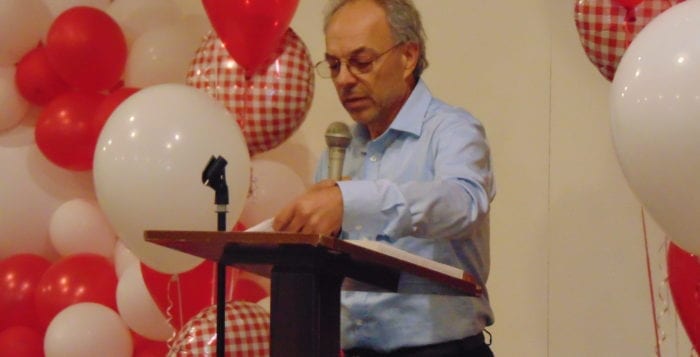

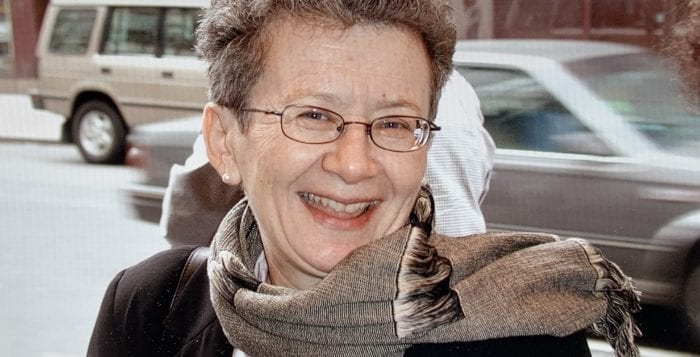
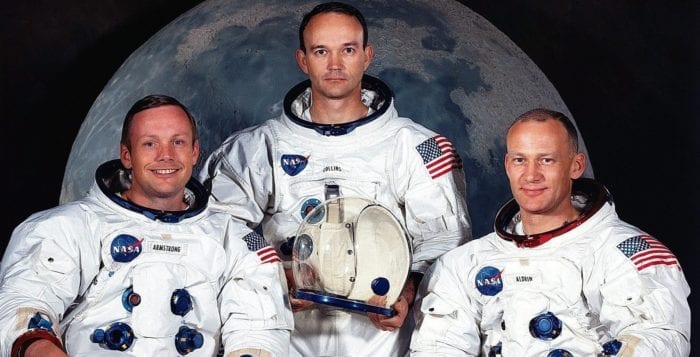
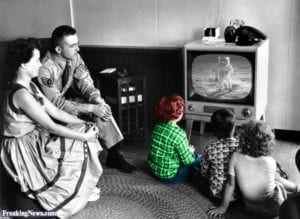
 So we leave the incredible heights of American pride now and look at the other side of the coin. Elsewhere in our news, we have the press release from U.S. Rep. Tom Suozzi (D-Glen Cove), who went to the southern border of the United States with a small group from the House to see first hand what was happening at the immigration centers. In his words, the situation is “awful” and the system is “broken.” The group toured and inspected facilities that are currently holding Central American migrants seeking asylum, speaking with several immigrant families as they went.
So we leave the incredible heights of American pride now and look at the other side of the coin. Elsewhere in our news, we have the press release from U.S. Rep. Tom Suozzi (D-Glen Cove), who went to the southern border of the United States with a small group from the House to see first hand what was happening at the immigration centers. In his words, the situation is “awful” and the system is “broken.” The group toured and inspected facilities that are currently holding Central American migrants seeking asylum, speaking with several immigrant families as they went.
